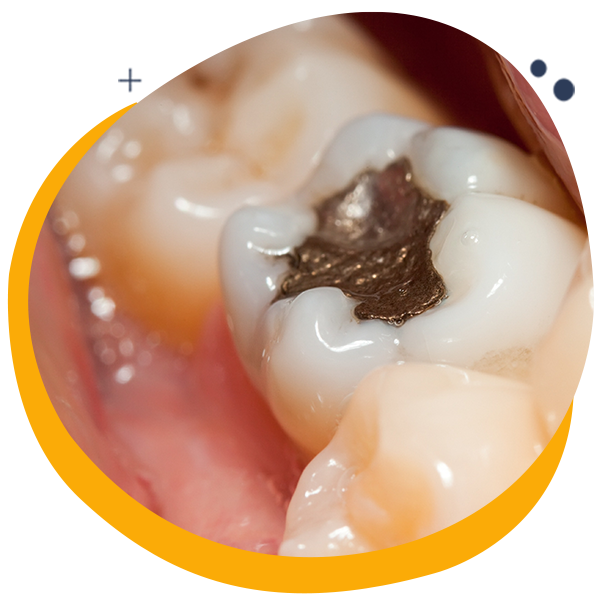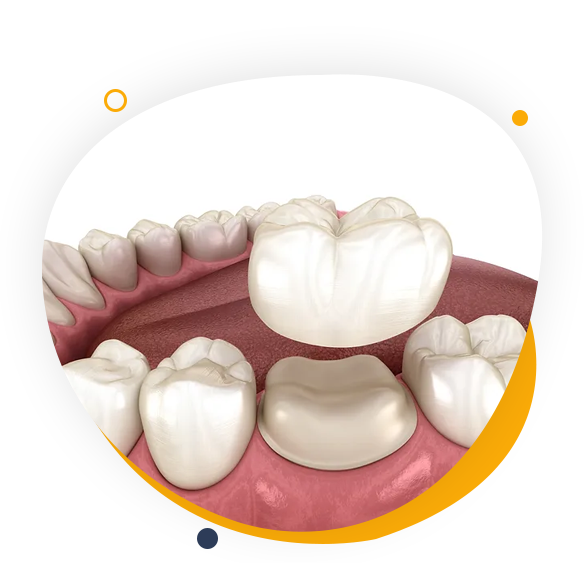
Types of Dental Restoration
Dental fillings: Dental fillings are used to repair small cavities and tooth decay. They are made of materials such as composite resin or porcelain and are color-matched to your natural teeth for a seamless finish. The procedure is quick and straightforward, with minimal discomfort.
Dental crowns: Dental crowns are used to restore severely damaged or decayed teeth. They are placed over the affected tooth and are designed to look and function like your natural teeth. Crowns can be made of materials such as porcelain or ceramic, and are highly durable.
Dental bridges: Dental bridges are used to replace missing teeth. They consist of one or more artificial teeth, which are anchored in place by adjacent natural teeth or dental implants. Bridges can restore your ability to chew and speak properly, as well as improve the appearance of your smile.
Dental implants: Dental implants are used to replace missing teeth by inserting a titanium post into the jawbone, which then serves as an anchor for a dental crown or bridge. Implants are highly durable and long-lasting, providing a permanent solution to missing teeth.
Signs that Dental Restoration May Be Necessary
- Tooth decay or cavities
- Tooth sensitivity or pain
- Cracked or chipped teeth
- Missing teeth
- Benefits of Dental Restoration

There are Many Benefits to Restoring Your Teeth Through Dental Restoration, Including:
Tooth decay or cavities
Tooth sensitivity or pain
Cracked or chipped teeth
Missing teeth

Benefits of Dental Restoration
There are many benefits to restoring your teeth through dental restoration, including:
- Improved oral health and hygiene
- Restored function and ability to chew properly
- Improved appearance of teeth
- Prevention of further damage to teeth and surrounding structures
Choosing the Right Dental Restoration Procedure


